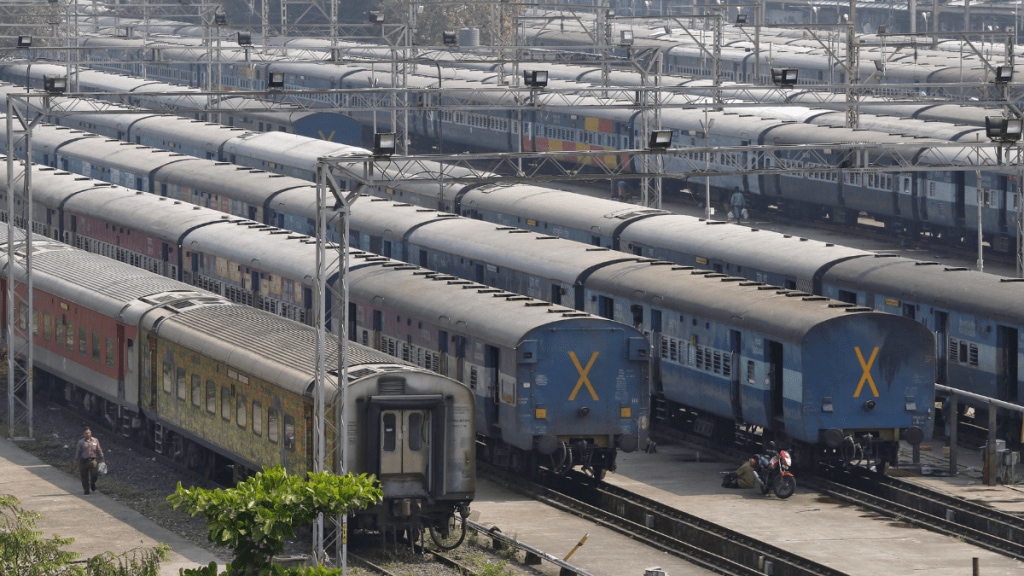The allocation for Indian Railways remains one of the most anticipated announcements in the national Budget. Historically, the Railways had its own separate budget, a practice that spanned 92 years until it was abolished in 2017. Finance Minister Arun Jaitley was the first to present a combined Railway and Union Budget, marking the end of a long-standing tradition.
A Historical Perspective
John Mathai, an economist and India’s first Railway Minister, presented the first independent Railway Budget in 1947. Following an interim budget, Mathai introduced his second Railway Budget on February 24, 1948. The tradition of a separate Railway Budget began under British rule in 1924, as railways then contributed significantly to government revenues and the nation’s GDP.
The Merger Decision
The decision to merge the Railway Budget with the Union Budget was based on recommendations from a Niti Aayog commission. The commission’s white paper highlighted that the Railway Budget had diminished in significance over the years. Given that no other country had a separate Railway Budget, it was deemed unnecessary to continue the practice. Thus, starting in 2017, the Railway Budget was integrated with the Union Budget.
Railway Allocations Over the Years
In the Interim Budget 2024-25, Indian Railways received a substantial allocation of Rs Rs 2.52 lakh crore for fiscal year 2024-25, representing a 5.8 percent increase from the previous budgetary estimate of Rs 2.41 trillion for fiscal year 2023-24.
Here’s a look at the allocations over recent years:
- FY 2023-24: Rs 2.40 lakh crore
- FY 2022-23: Rs 1.40 lakh crore
- FY 2021-22: Rs 1.10 lakh crore
- FY 2020-21: Rs 1.6 lakh crore
- FY 2019-20: Rs 1.58 lakh crore
The increased allocations underscore the government’s focus on enhancing railway infrastructure, safety, and services, aiming to boost economic growth and connectivity across the country.

